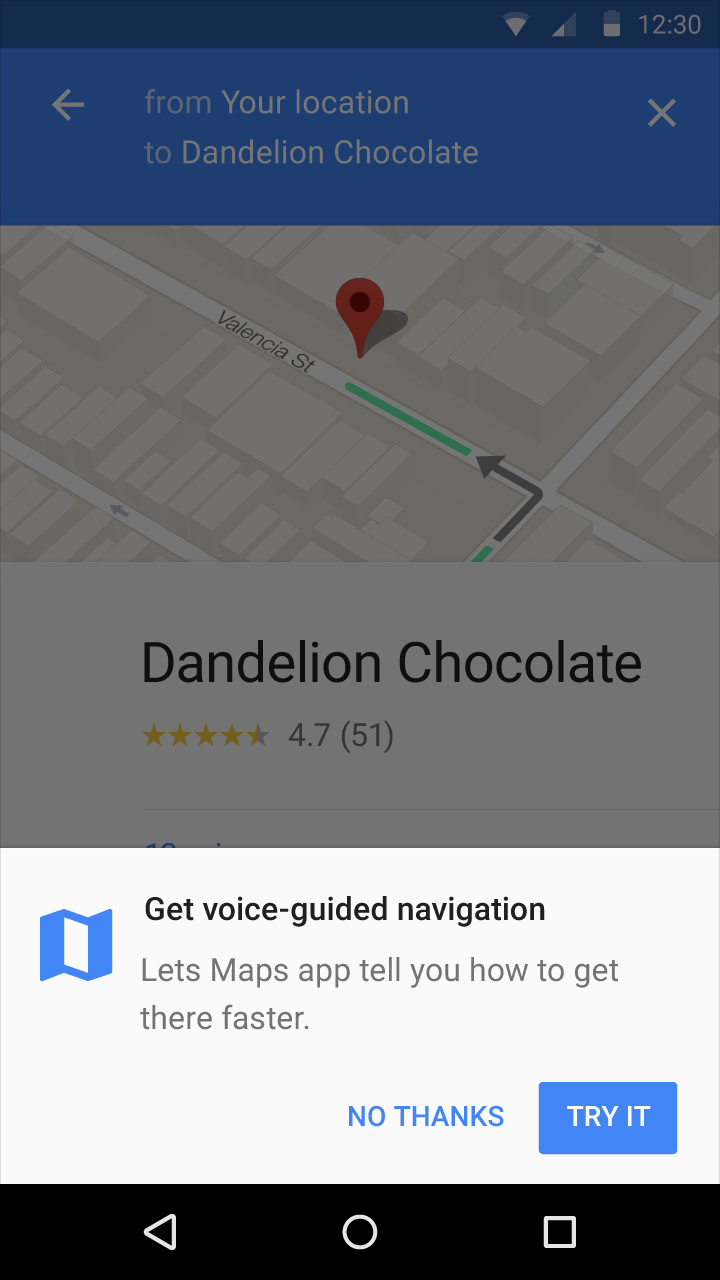Most apps require that users grant them certain app permissions in order to function properly. However, in some cases, users might not grant the permissions
- They think the permission isn’t needed for the app’s core functionality.
- They don’t use the functionality associated with the permission.
- They are concerned about the permission's impacting device performance.
- They're simply uncomfortable, for example due to sensitivities regarding privacy.
Use Android vitals to gauge user perceptions {#:android-vitals}
Android vitals can help you gauge your users' privacy preferences and engagement by informing you about the percentage of permission denials your app is receiving. Via the Play console, Android vitals shows the percentage of daily permission sessions during which users denied permissions for your app.
A daily permission session refers to a day during which your app requested at least one permission from a user. When a given user has to make multiple decisions for the same permission, only the final decision at the end of a session is recorded.
Android vitals shows you users’ decisions at the permission-group level. Android vitals also provides benchmarks to help compare where your app stands with respect to other top apps in the same Play store category. For information on how Google Play collects Android vitals data, see the Play Console documentation.
Best practices
Unusually high denial rates suggest that users don't think the additional exposure of their information is worth the benefits offered in return. There are a number of ways to make users feel more comfortable using your app. You might be able to reduce the denial rate if you take steps such as those outlined in this section. However, you shouldn't expect to drive denial rates to zero, because users have diverse personal preferences and some simply don't wish to grant permissions under any circumstances.
Avoid requesting unnecessary permissions
Research shows that users prefer apps that request fewer permissions. Keeping permission requests to the minimum set necessary can help improve user trust in an app, and drive more installs. Conversely, adding unnecessary permission requests might negatively impact your app’s visibility on the Play Store. If specific permissions aren’t necessary, you might be able to reduce your app's number of permission requests through alternative methods. Some common approaches are outlined in App Permissions Best Practices.
Surface the permission request in context
Non-critical permissions that are less intuitive might benefit from being explained in context. Doing so improves users’ comprehension of the value derived from the permission. Figure 1 shows an example of educating a user in context.

Figure 1. Explaining a permission request in context
Users understand the value proposition better when the app requests the permission in the context of the related functionality. This improved understanding might convince more users to grant permission requests.
For more information about good guidelines about how to educate users and request permissions, see the material design pattern for permissions.
Explain why your app needs the permission
Consider starting by requesting your permission in-context: Providing an
explanation for less intuitive permissions helps to improve user comprehension
of the permission. The
shouldShowRequestPermissionRationale()
utility method returns true
if the user has previously denied the request. Your app can use this method to
determine when to show the explanation.
You can find more details about how to surface explanation strings in Request App Permissions.
